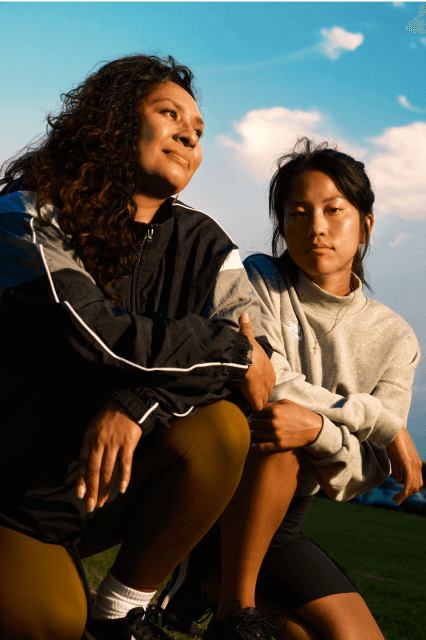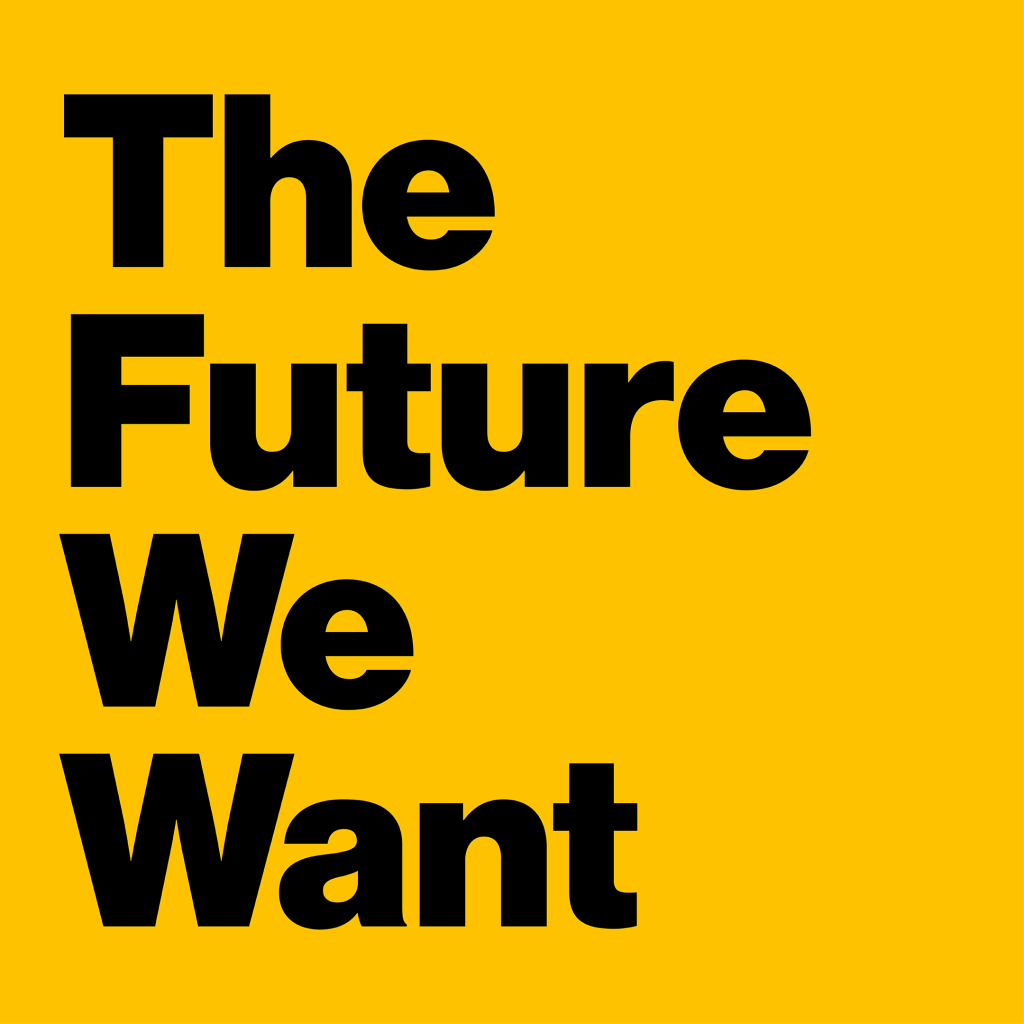Pride Month Marketing with Impact

Early in the morning of June 28, 1969, police raided the Stonewall Inn, a Greenwich Village bar that had become the staple of New York City’s underground gay community. But this time, tired of the ongoing raids, community members fought back, striking what would become known as The Stonewall Riots.
A year after Stonewall, the first Gay Pride March was held by the Christopher Street Liberation Day Committee to commemorate the riots. The New York Times reported that the marchers took up the entire street for about 15 city blocks.
Today, the month of June marks the arrival of rainbow colors adorning everything from limited-edition product packaging to recolored corporate logos and store windows as businesses everywhere aim to show their support of LGBTQ+ equality.
Over the years BBMG has had the privilege of working with brands and organizations including GMHC, Planned Parenthood, GLSEN, True Child and Nike on efforts to support the LGBTQ+ community. While it’s great to see such wide acceptance and rainbow-flag waving support for gay rights and gay pride in 2019, the ubiquity of the rainbow-corporate gesture also has many consumers raising their eyebrows. According to a new survey from public opinion firm YouGov, fifty percent of Americans say they’re more likely to see Pride-themed products or content as a marketing tactic rather than an accurate reflection of a brand’s values.
BBMG and GlobeScan’s recent report on how brands can win the trust, loyalty and participation of Gen Z gives us insight into why that is. Of all the issues of our time, Gen Z is more likely than all others (28% vs. 11%) to care about issues of equality, including broad social equality, women’s rights, LGBTQ+ and racial equality. Gen Z is also most likely to trust that large companies are operating in the best interests of society when they “prove it by action (i.e. walks the walk)” and demonstrate “clear intentions through business strategy and goals.”
In other words, if brands want to stay relevant with the younger generation – who, by the way, are starting to graduate college and enter the workforce – it’s not enough to merely speak out on issues of equity, diversity and inclusion, brands need to back it up with real action. Something more than just a rainbow-colored gesture.
Brands Getting it Right Above and Beyond the Rainbow
Reflecting back on what we’ve seen in the Pride-themed marketing landscape this month, a few noteworthy efforts rise to the top.

Welcome to Acceptance Street
In partnership with the New York City Commission on Human Rights, MasterCard unveiled a rebrand of the famous Gay Street in Manhattan’s West Village. Nearby the Stonewall Inn, Gay Street has been redubbed “Acceptance Street” and is marked by a multicolored street sign that lists every LGBTQ+ identifier in addition to Gay. The message is: no matter who you are or how you love, you are welcome on “Acceptance Street.”
During this year’s Pride Month, MasterCard’s #AcceptanceMatters campaign included the announcement that they will soon allow transgender people to use their chosen names on credit and debit cards, helping to combat discrimination at the cash register. Their “True Name Initiative” is working its way through the bank verification process and shows a real commitment from the brand to make equality and acceptance an integral part of how they conduct business.

Makeup for Everyone
Essie nail polish named the highly lovable Jonathan Van Ness of Queer Eye as their first-ever non-female ambassador. Essie has also been popping up in LGBTQ+ spaces throughout Pride Month offering free manicures and product sampling. By naming the genderqueer Van Ness as their ambassador, the brand is not just saying they support equality, they are showing they honor an individual’s right to express themselves, and identify themselves, however they please.
In a similar vein, Sephora is embracing the genderqueer community by expanding their Classes for Confidence series with free makeup classes for transgender and nonbinary people looking for a safe space to up their makeup skills. The classes are led by transgender members of the Sephora team, a testament to just how supportive the brand is of the LGBTQ+ community inside and out.

Creating Space for Pride
We love Instagram’s multi-faceted #UntoldPride campaign. Especially when we consider Gen Z is more likely than all other generations to say they can make a difference through “their voice online and in social media” (43% Gen Z vs 30% all others). #UntoldPride includes large-scale installations around NYC that shine a light on historic LGBTQ+ pioneers, places and movements that have paved the way for today’s queer community. Within the app itself, new features range from celebratory (rainbow Pride hashtags and story rings in partnership with GLAAD) to game-changing (new gender identification options like “gender non-conforming”). They’ve also partnered with The Trevor Project on a guide to online well-being and self-care geared toward the safety of LGBTQ+ teens.
Instagram continues to be an important platform for the LGBTQ+ community, holding space for people seeking acceptance and understanding to express themselves and connect with one another. And with #UntoldPride they are doing important work to document LGBTQ+ history, even as it continues to unfold today.
Finding Your Brand’s Authentic Way In
With people quick to judge at the speed of a tweet, crafting an authentic LGBTQ+ Pride campaign or platform that doesn’t risk rainbow-washing can be daunting. But the path to success is really as simple as starting with honesty and empathy. Listen – really listen – to your LGBTQ+ customers and employees to reveal the human truth that unites your brand’s reason for being with their authentic needs, hopes and aspirations for a more just, more diverse, more inclusive society.
In our work with Planned Parenthood to launch their gender-inclusive SpotOn period tracker app, BBMG listened to the real life experiences of young people with periods from diverse backgrounds, beliefs and behaviors. And we heard it all. From navigating the new rules of dating in a treacherous social media landscape to period hacks in the workplace to hopes, fears and desires about healthy sex, people wanted unvarnished facts, honest talk and a 24/7 digitally-powered ally in their pockets.
A big learning was the need to honor Planned Parenthood’s core brand equity of being an inclusive, non-judgmental space for all people with periods no matter how they identify. Knowing that gave us confidence that we could be bold in our messaging and break taboos around how other brands were talking about menstruation. To date, the Spot On app has been downloaded by more than 2 million users in over 160 countries.
True insight from the humans your brand is trying to reach can help you unlock breakthrough ideas that are bigger than a rainbow on the surface. With its low threshold for bullshit, Gen Z will reward you for your authentic intentions and your clear strategies for action, improvement and impact. And the LGBTQ+ community and their allies will recognize legit support when they see it.
For more insights on Gen Z and their expectations of brands in today’s cultural context, view our report: The Gen Z Reckoning.


